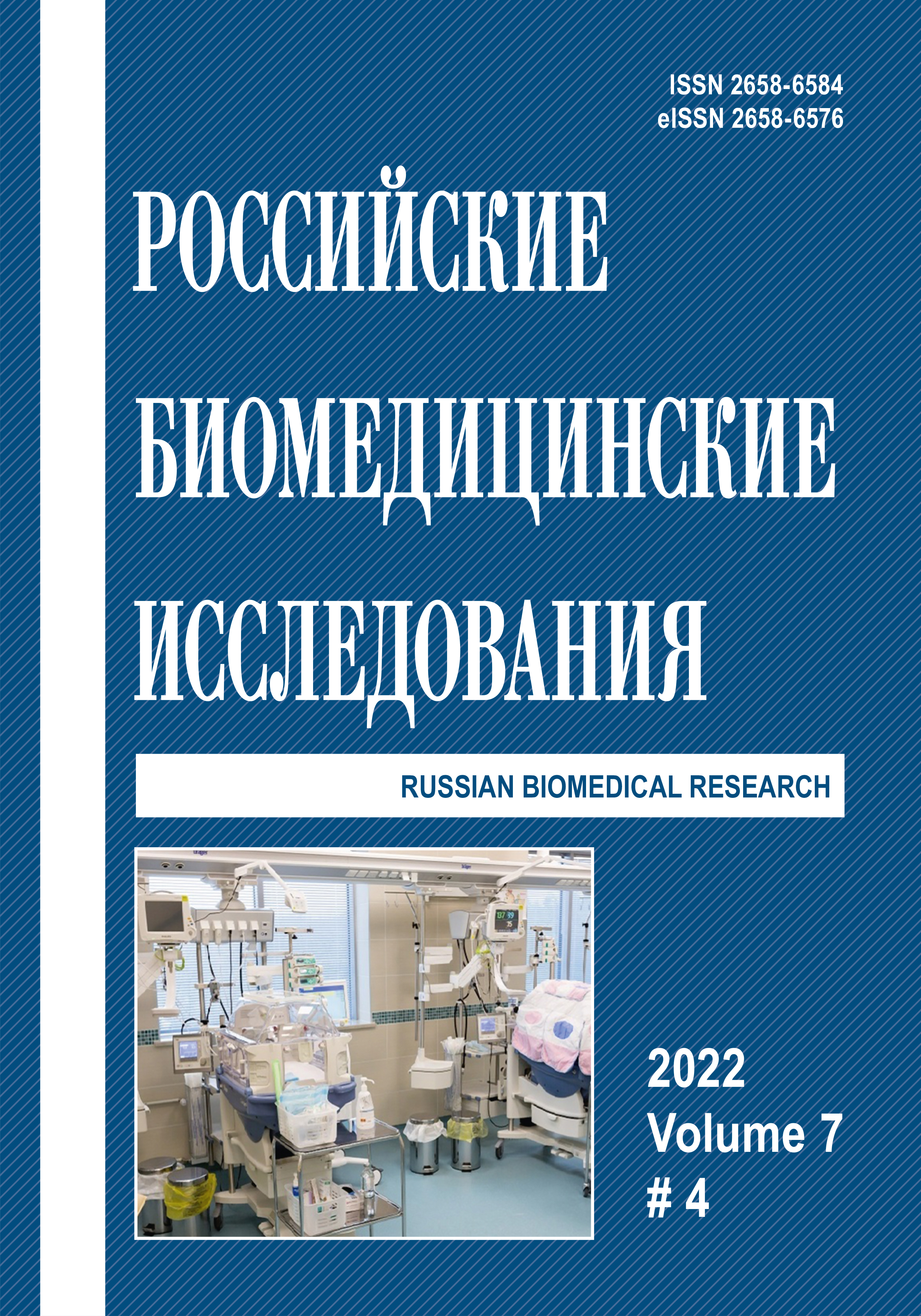Prognostic possibilities of applying chaos theory in analyzing the dynamics of intraoperative monitored parameters
Abstract
Background. Thanks to an in depth analysis of hemodynamic parameters in the form of assessment of the chaotic properties of the cardiointervalogram and the construction of neuronal chains of individual indicators due to artificial neural network technologies, an integral indicator was found that allows the most effective assessment of the prognosis of the patient’s postoperative condition. Purposes and Tasks is to improve the prognosis of the early postoperative period by in depth analysis of hemodynamic parameters in the form of an assessment of the chaotic properties of the cardiointervalogram and the construction of neuronal chains of individual indicators due to artificial neural network technologies. Materials and methods. The course of anesthetic support for urgent laparoscopic cholecystectomy and the postoperative period was analyzed in 92 patients. The current organization of homeokinesis was evaluated using its one parameter entropy model by accumulating data on the deterministic chaotic dynamics of the entropy of the cardiac rhythm, according to which a strange attractor of this process was restored and analyzed. In the postoperative period, the clinical picture was analyzed, and the total duration of the hospitalization period was taken into account. The prognosis of the duration of hospitalization was realized by analyzing the significance of 20 variables selected for the description of patients. The possibility of changing the forecast to a more favorable one was achieved based on the developed algorithm for evaluating the results of neural network training. Results. According to generally accepted criteria, endoscopic cholecystectomy proceeded without complications in all patients. When analyzing the entropy attractor of cardiorhythm, a numerical indicator was found that reflects the latent transition process in intraoperative homeokinesis and is interrelated with factors describing the premorbid state of patients, the features of their current clinical picture and individual details of cholecystectomy revealed by neural network analysis. Conclusion. The use of the neural network approach allows us to assume cases with a high probability of postoperative disorders and improve the prognosis within the framework of the developed algorithm for selecting the severity of selected variables reflecting the features of the intervention as a controlled stress effect, as well as the details of anesthetic protection in conjunction with the newly proposed marker of intraoperative homeokinesis.



